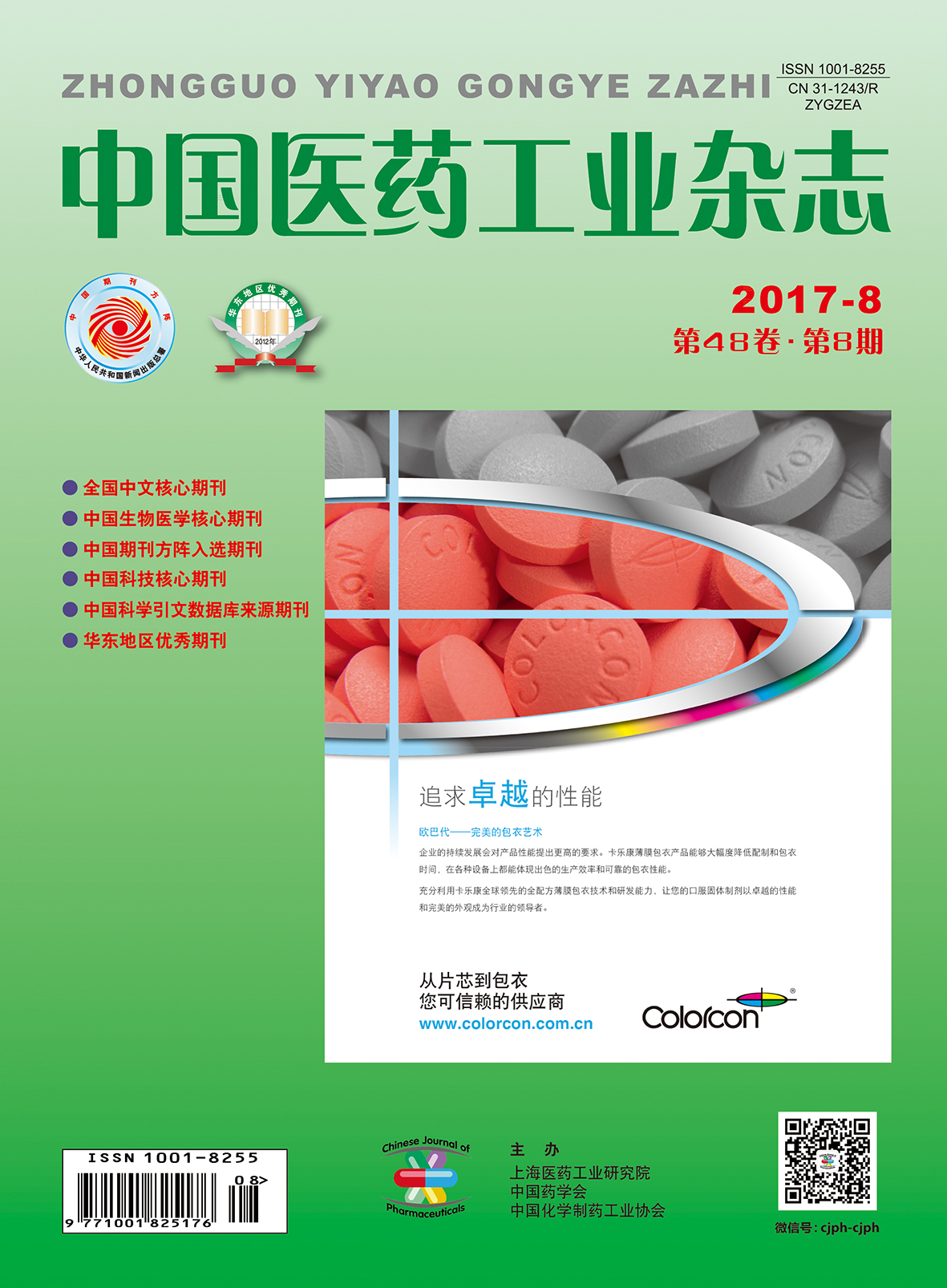ZHAO Guifang1,2, LIU Jie1,2, LIU Jun3, ZHANG Guimin1,2*
An HPLC method was established for the determination of the related substances in rosuvastatin calcium (1). A Waters Symmetry C18 column was used, with the mobile phase of water (adjusted to pH 3.5 with acetic acid)∶methanol∶acetonitrile (54∶18∶28), at the detection wavelength of 242 nm. The method validation results showed that 1 and its related substances 2—10 could be separated completely, and this method was specific, sensitive,accurate and reproducible. The calibration curves for 2—10 were linear in the ranges of 0.20—10, 0.79—20, 0.83—15,0.29—10, 0.60—10, 0.58—10, 0.66—10, 0.64—30 and 0.53—10 μg/ml, respectively. Their average recoveries were 98.3%, 99.9%, 99.1%, 100.7%, 100.3%, 99.5%, 101.3%, 100.8% and 101.1%, respectively, with RSDs less than 5%.
